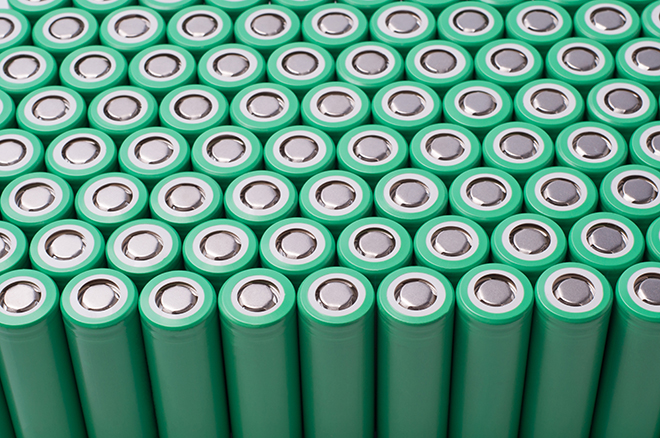Cambridge research has shed light on the potential of a previously ignored class of electrode material: niobium tungsten oxides. These compounds display several promising properties, including a lack of the dendrite formation which plagues graphite-based designs. They have a relatively large particle size and a structure that allows lithium ions to travel freely. This high transport rate can provide faster charging than many alternatives, and the oxides are quite easy to produce as well.
“Many battery materials are based on the same two or three crystal structures, but these niobium tungsten oxides are fundamentally different,” says study author Dr. Kent Griffith. The oxides are held open by ‘pillars’ of oxygen, which enables lithium ions to move through them in three dimensions. “The oxygen pillars, or shear planes, make these materials more rigid than other battery compounds, so that, plus their open structures, means that more lithium ions can move through them, and far more quickly.”
“In high-rate applications, safety is a bigger concern than under any other operating circumstances,” said senior author Professor Clare Grey. “These materials, and potentially others like them, would definitely be worth looking at for fast-charging applications where you need a safer alternative to graphite.”
Professor Grey reminds us, “Fields stagnate if you don’t keep looking for new compounds.”
Source: University of Cambridge


















































